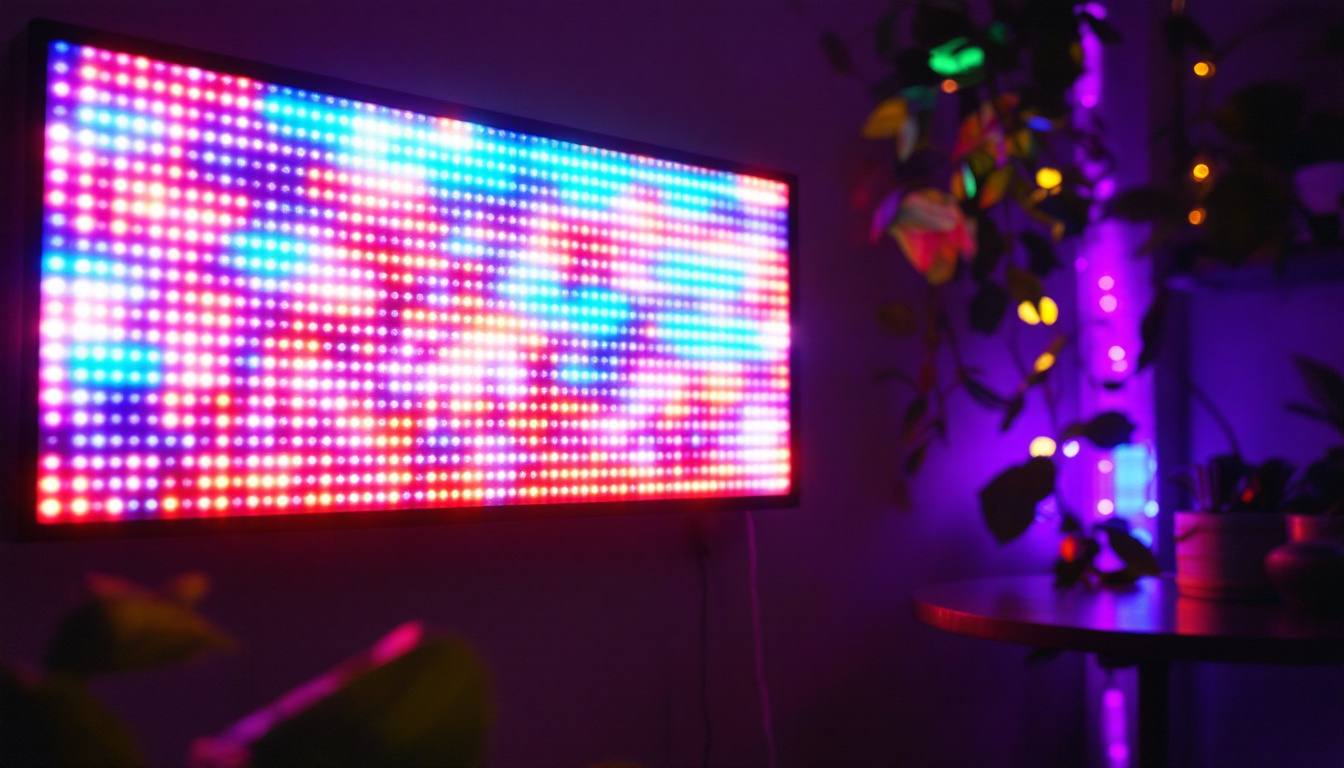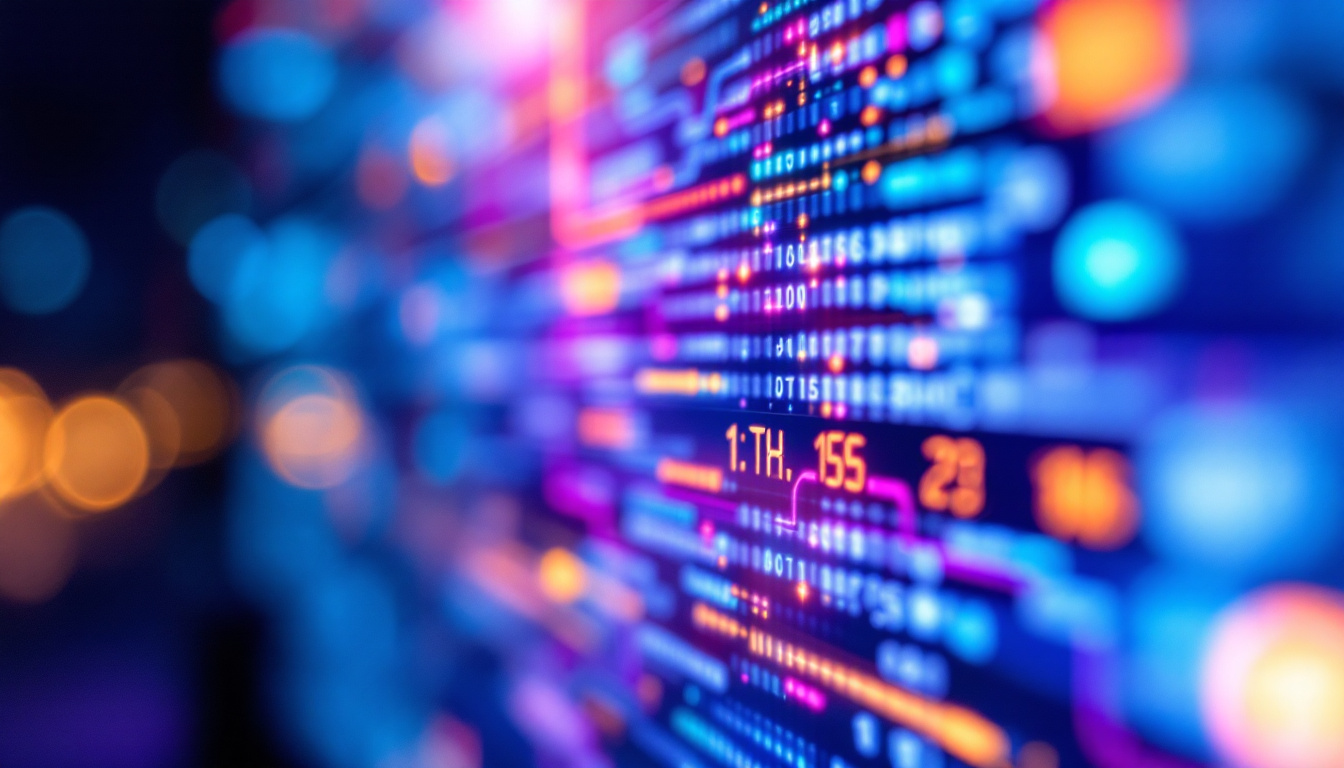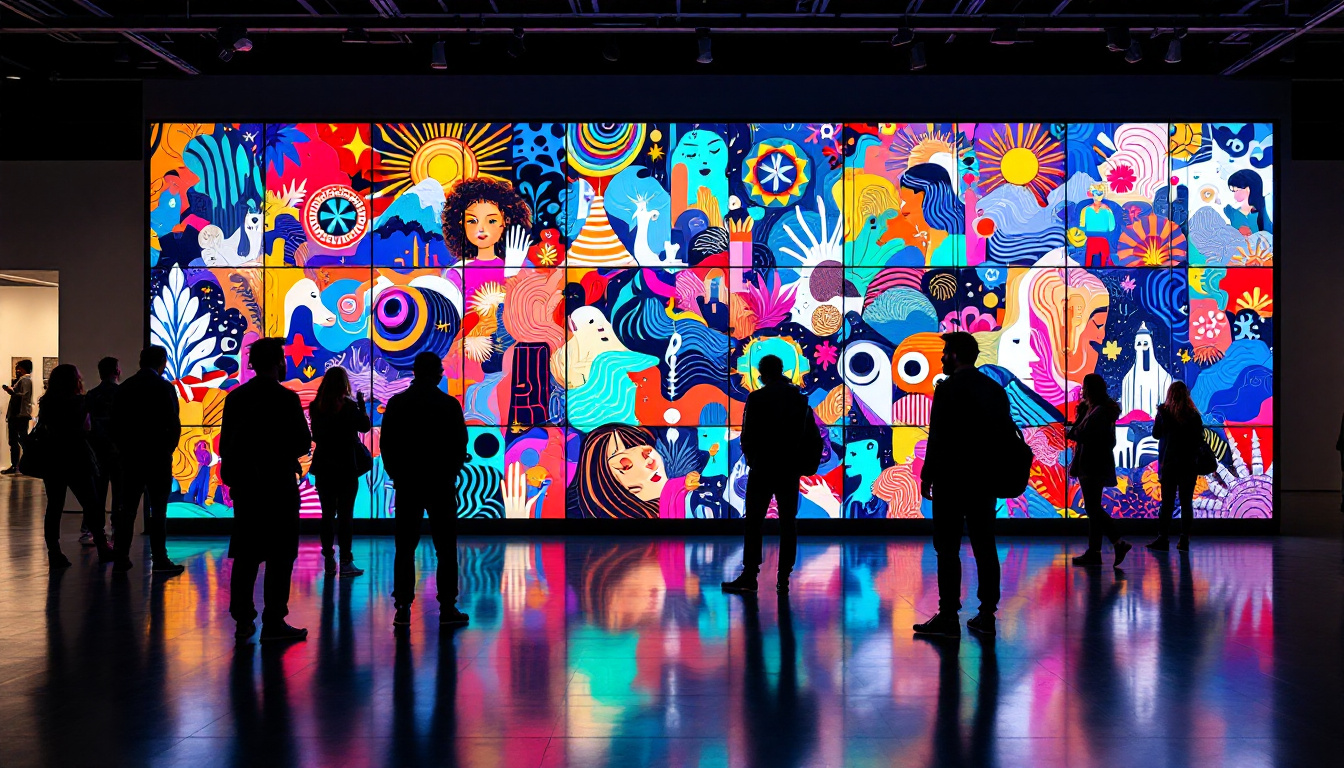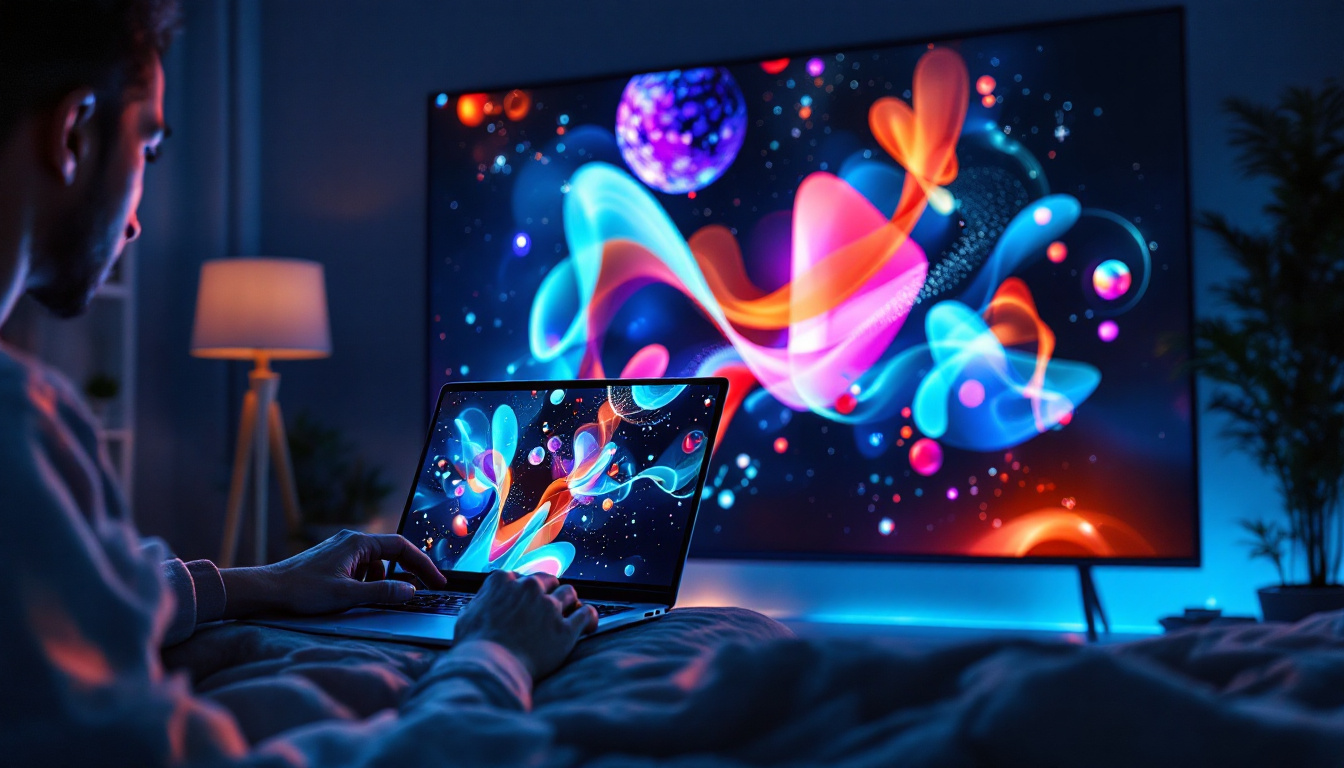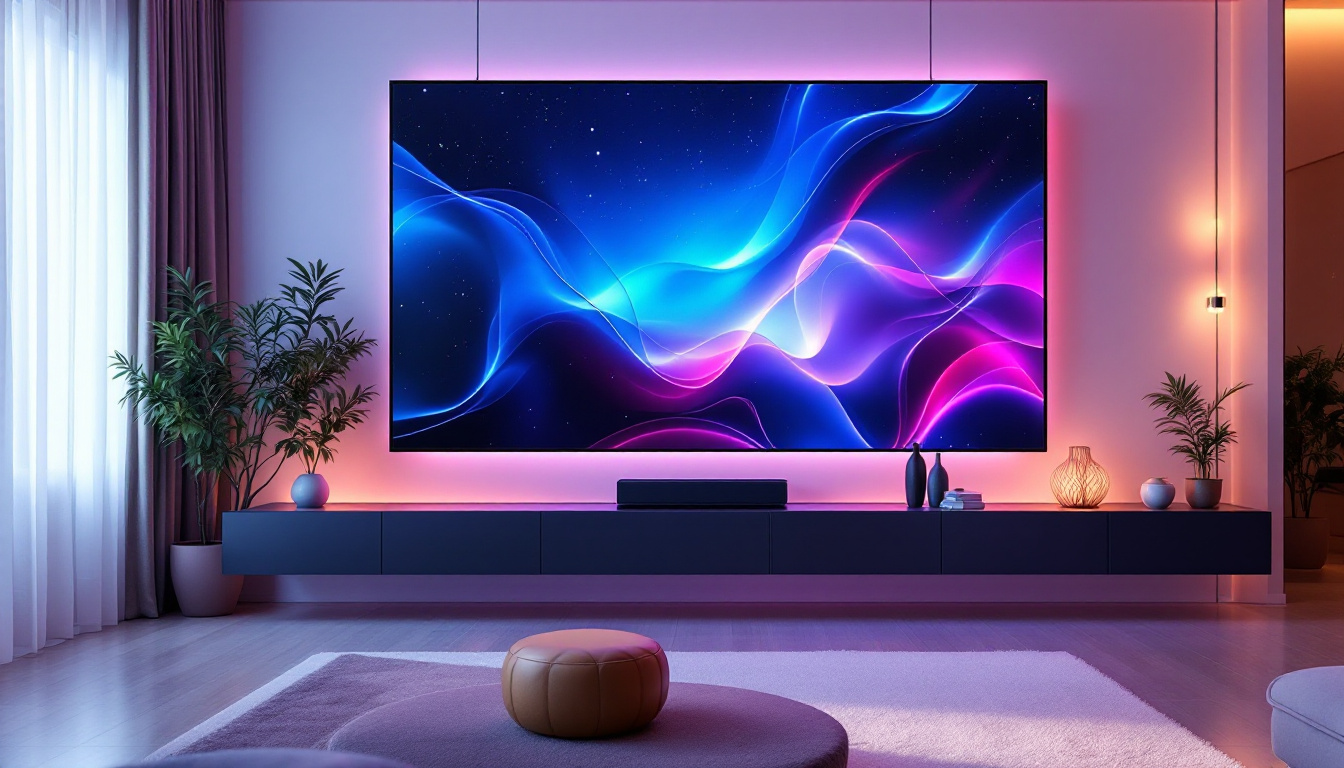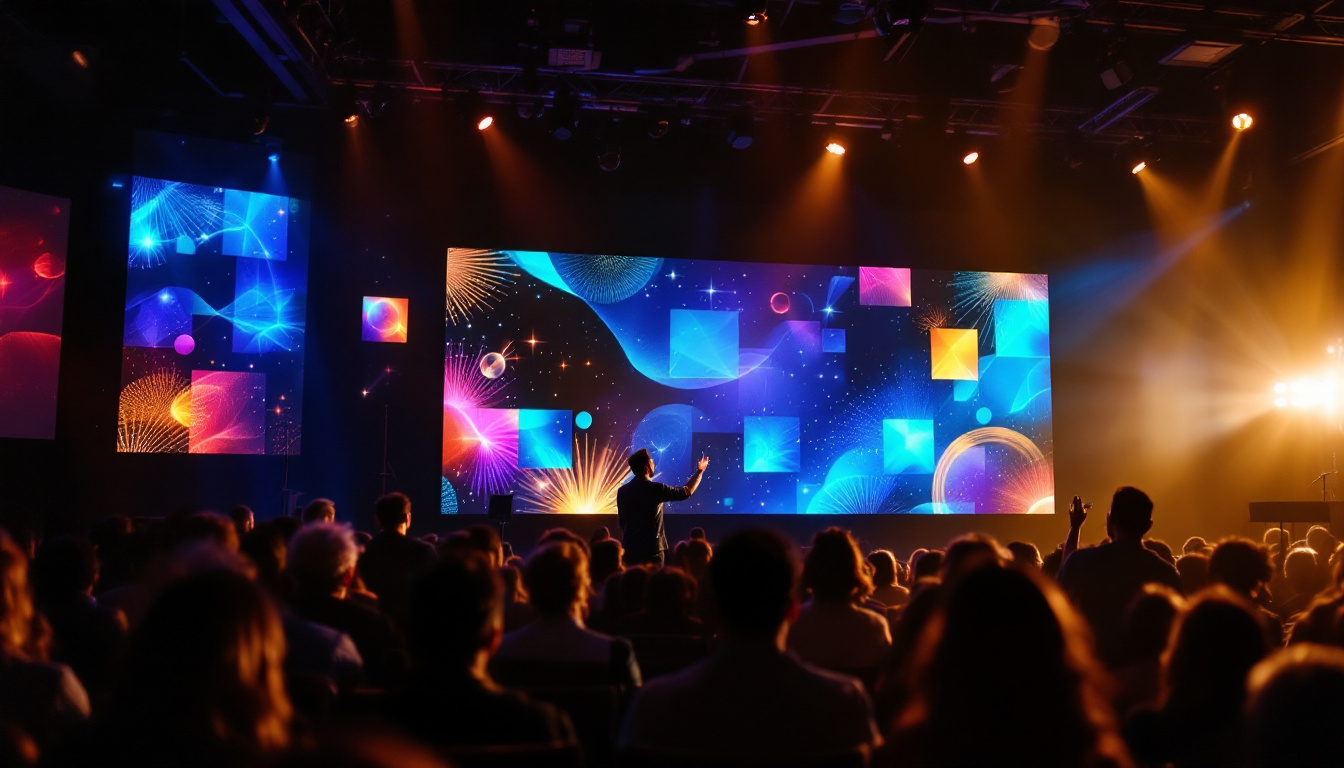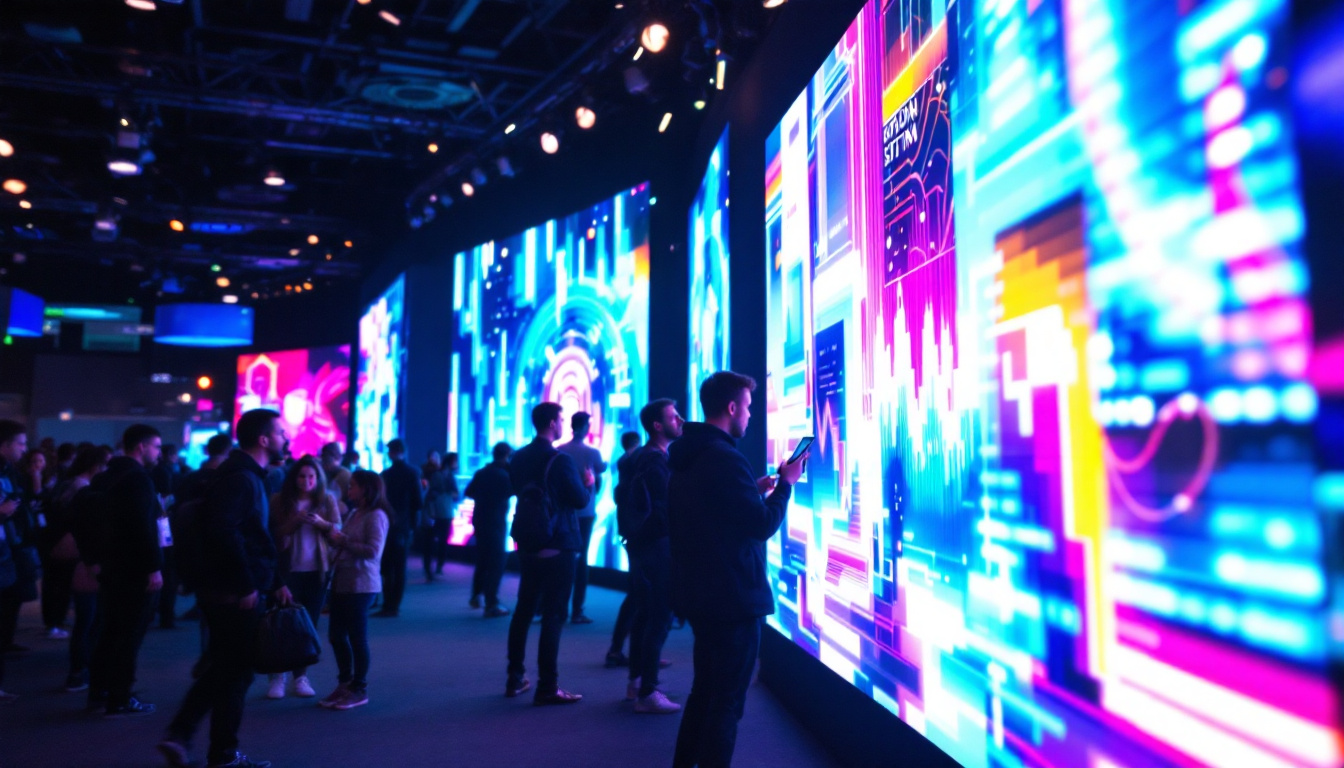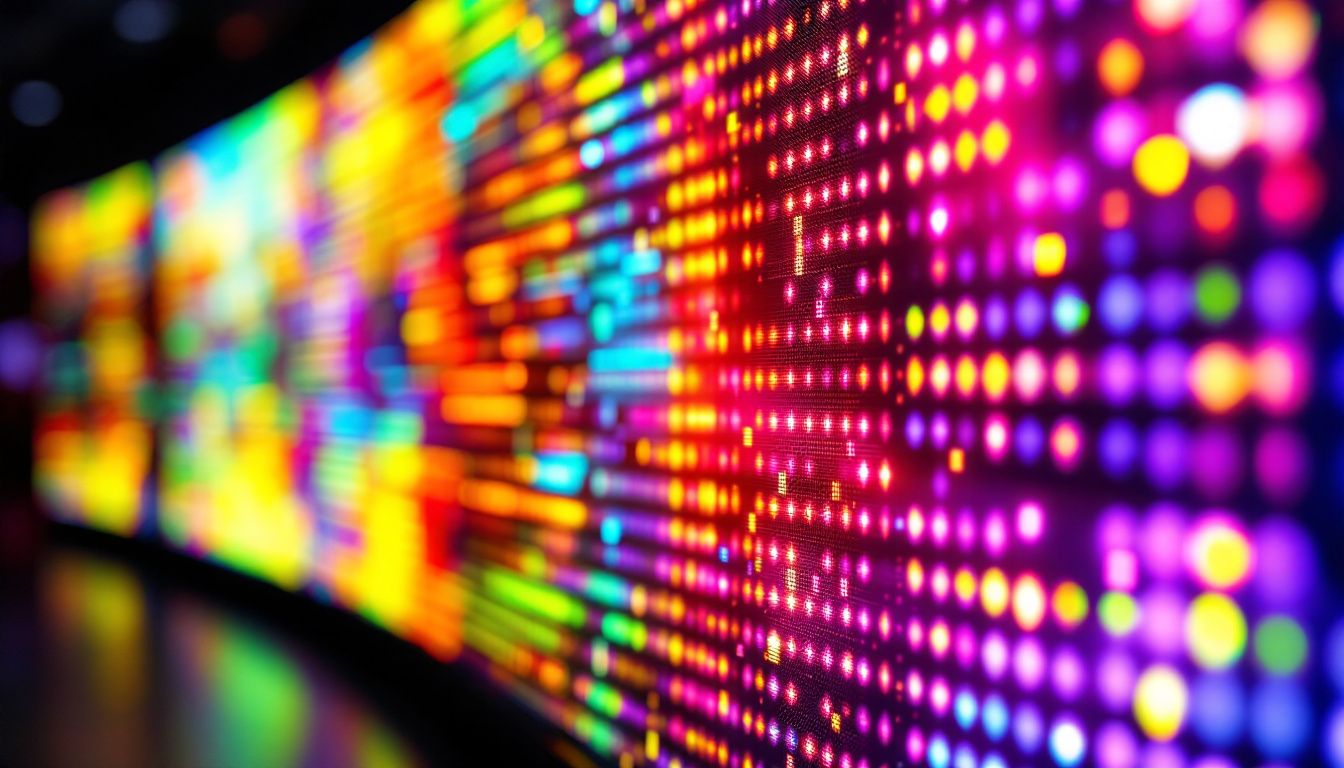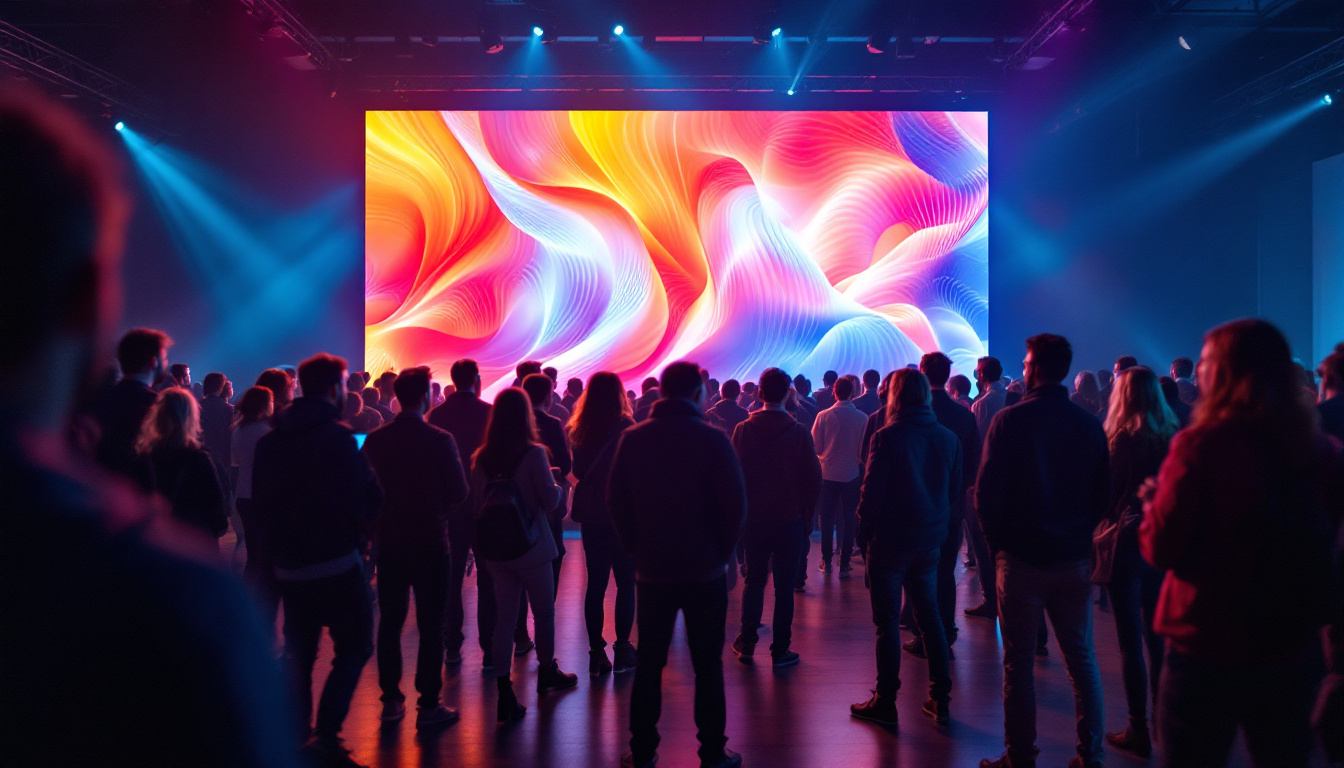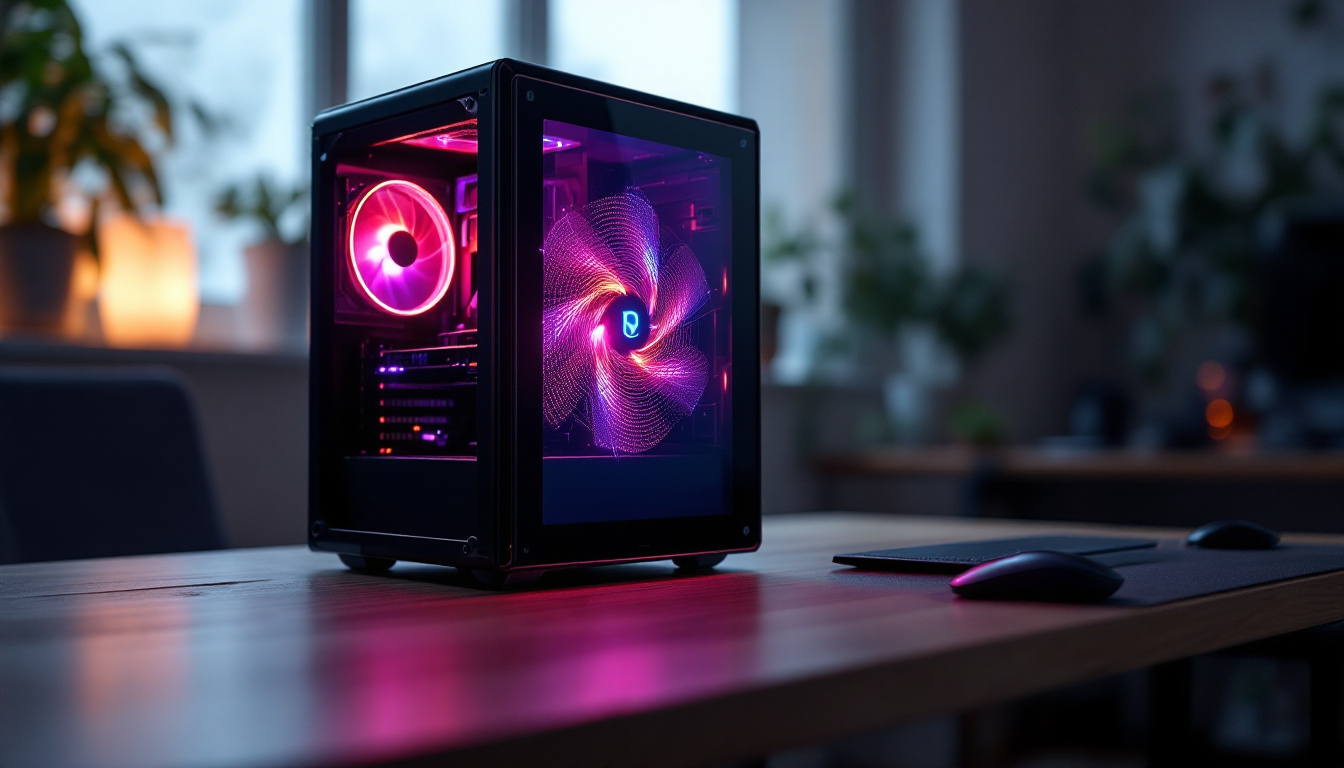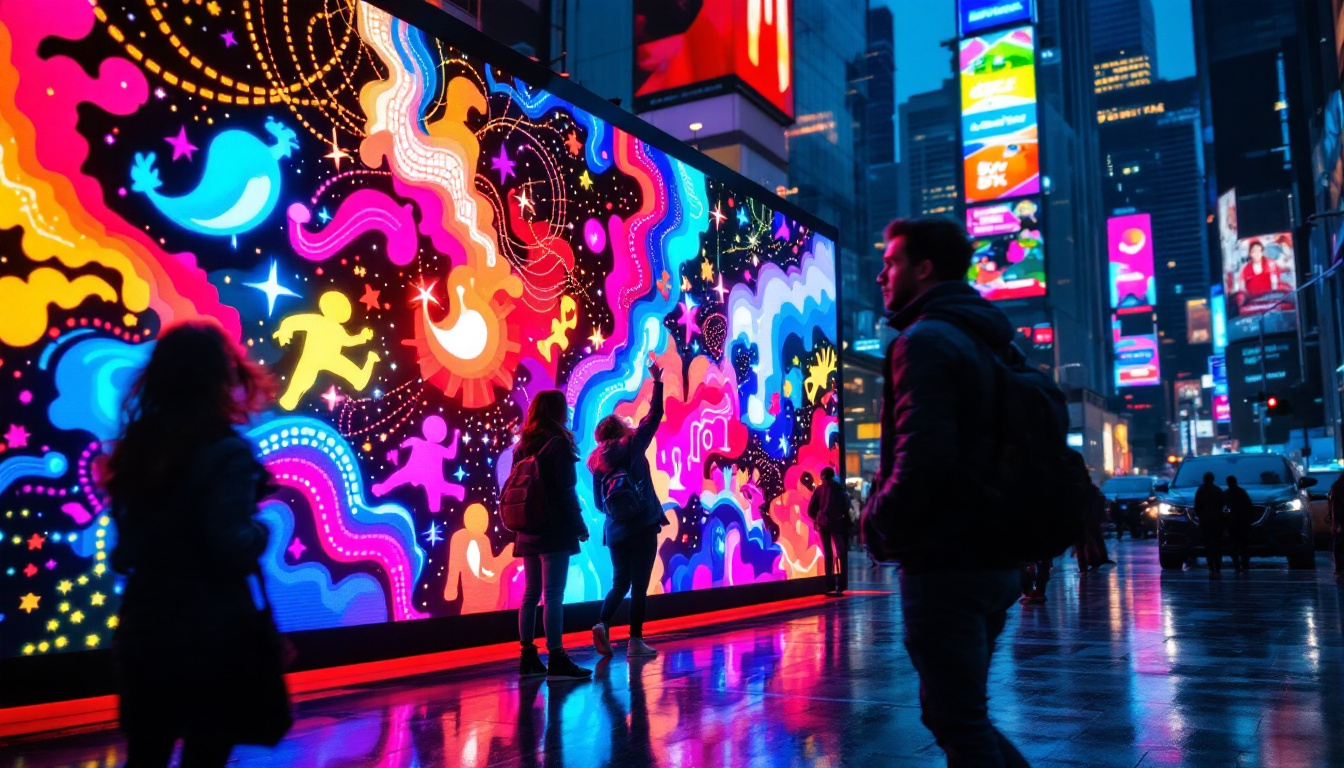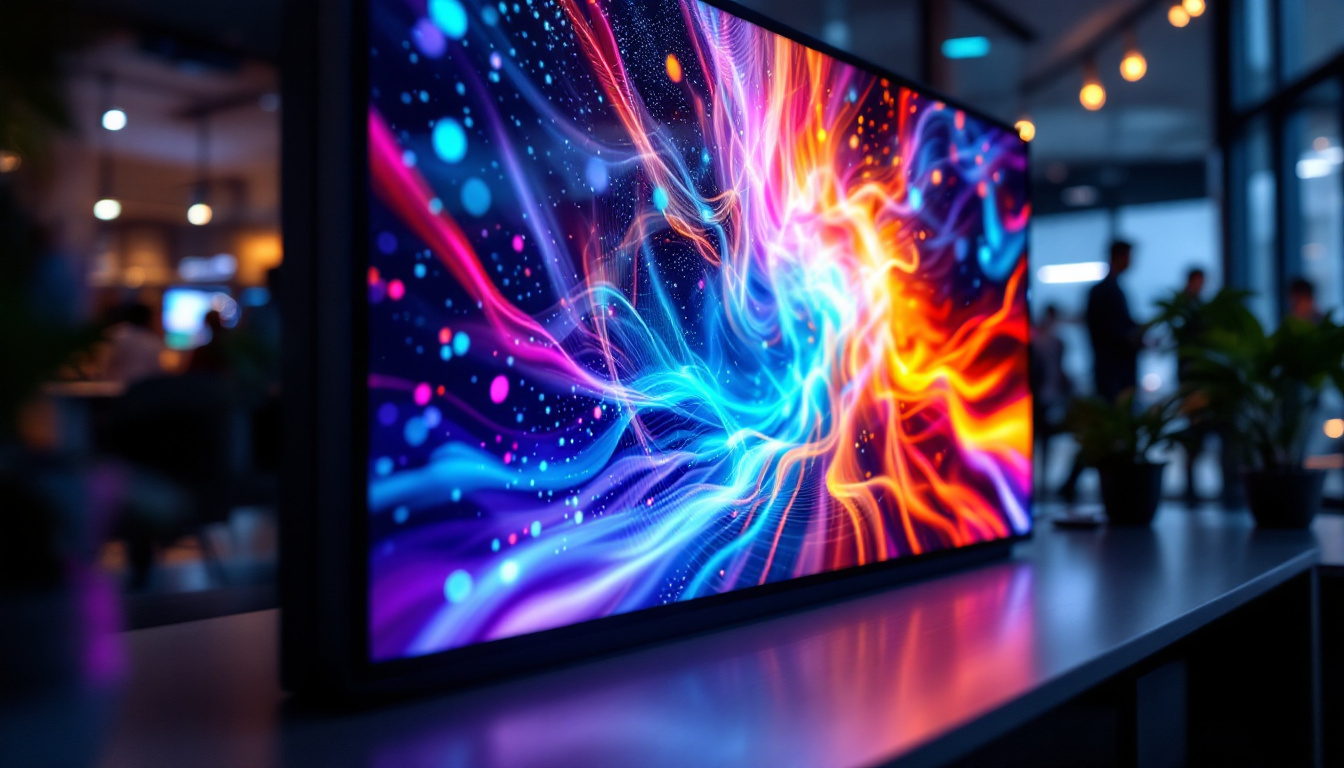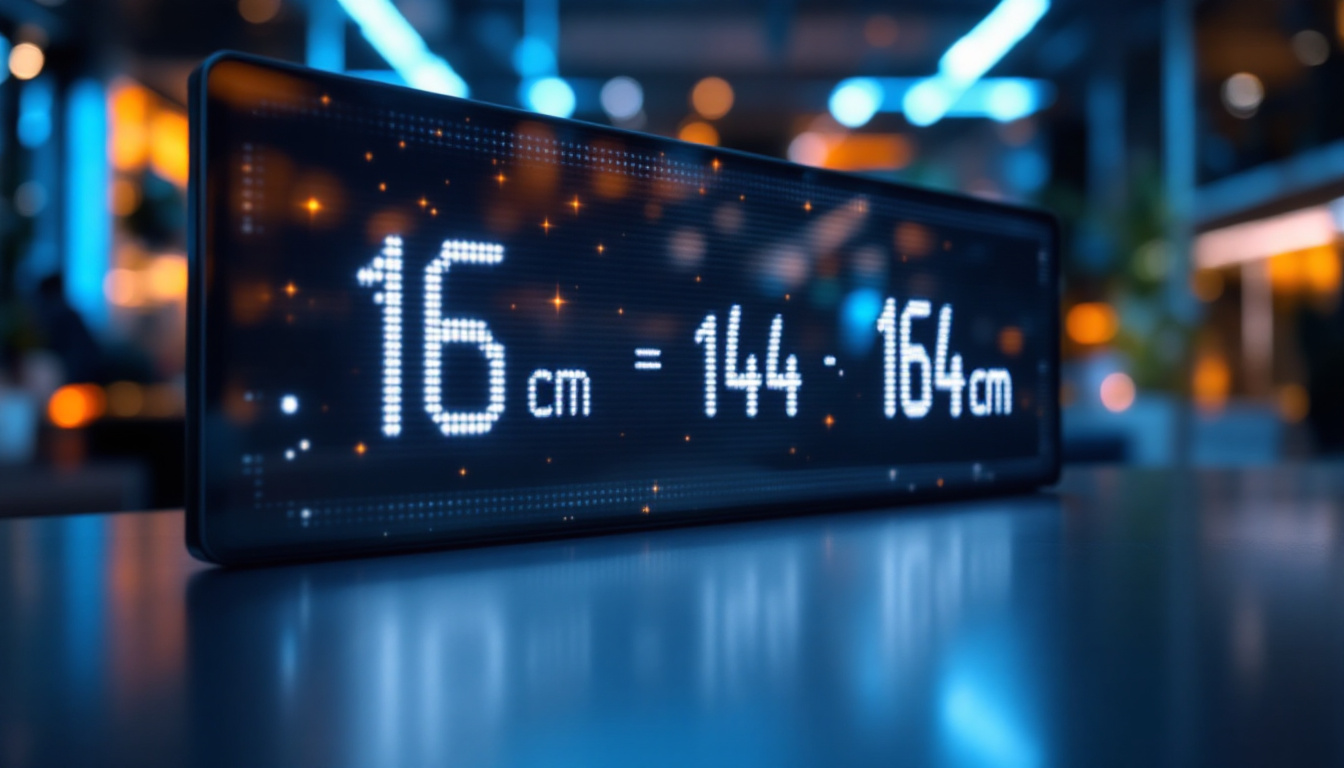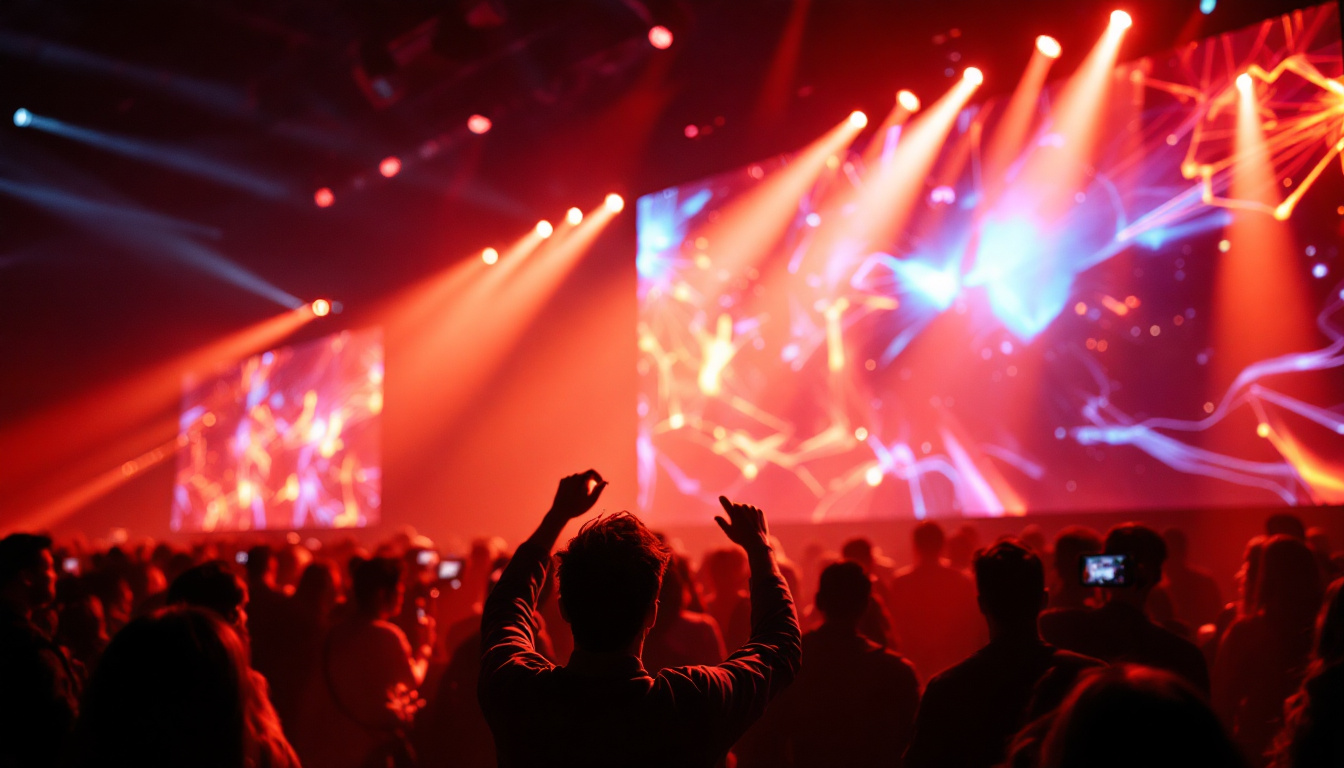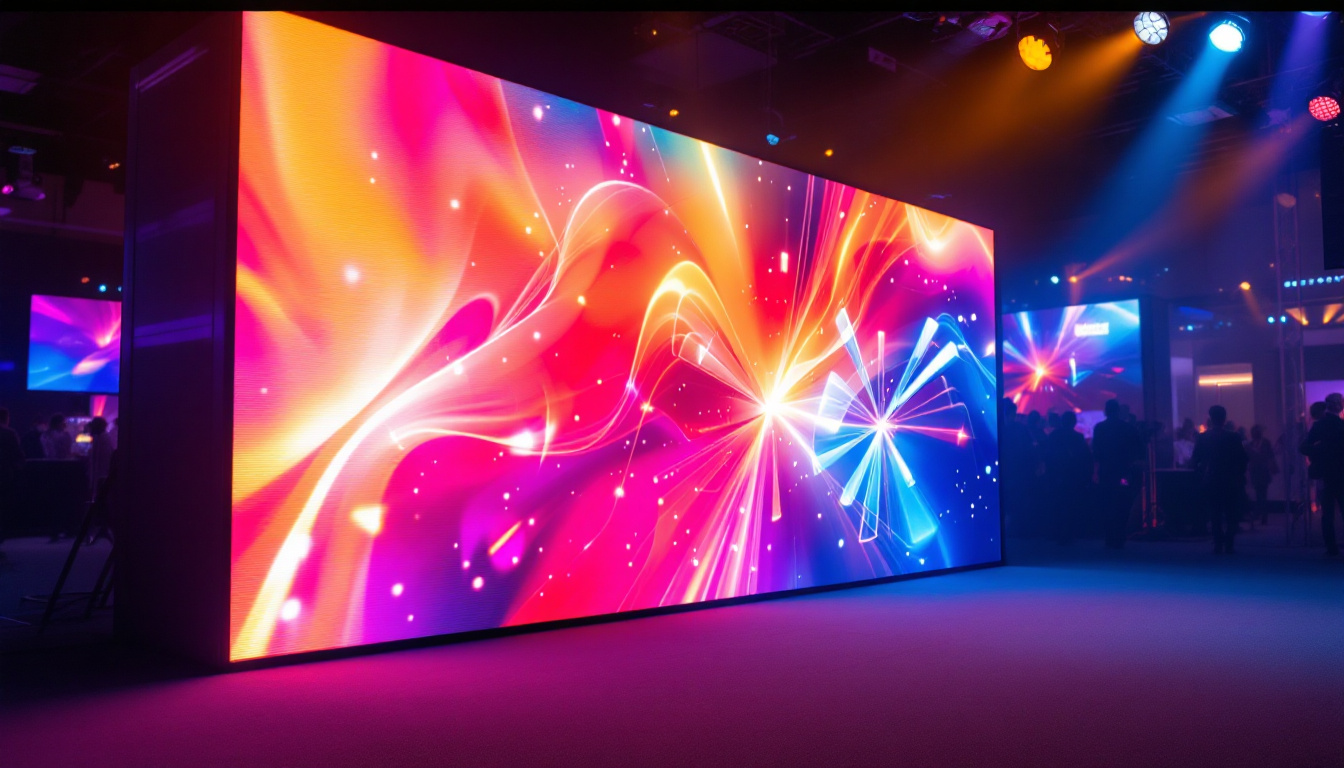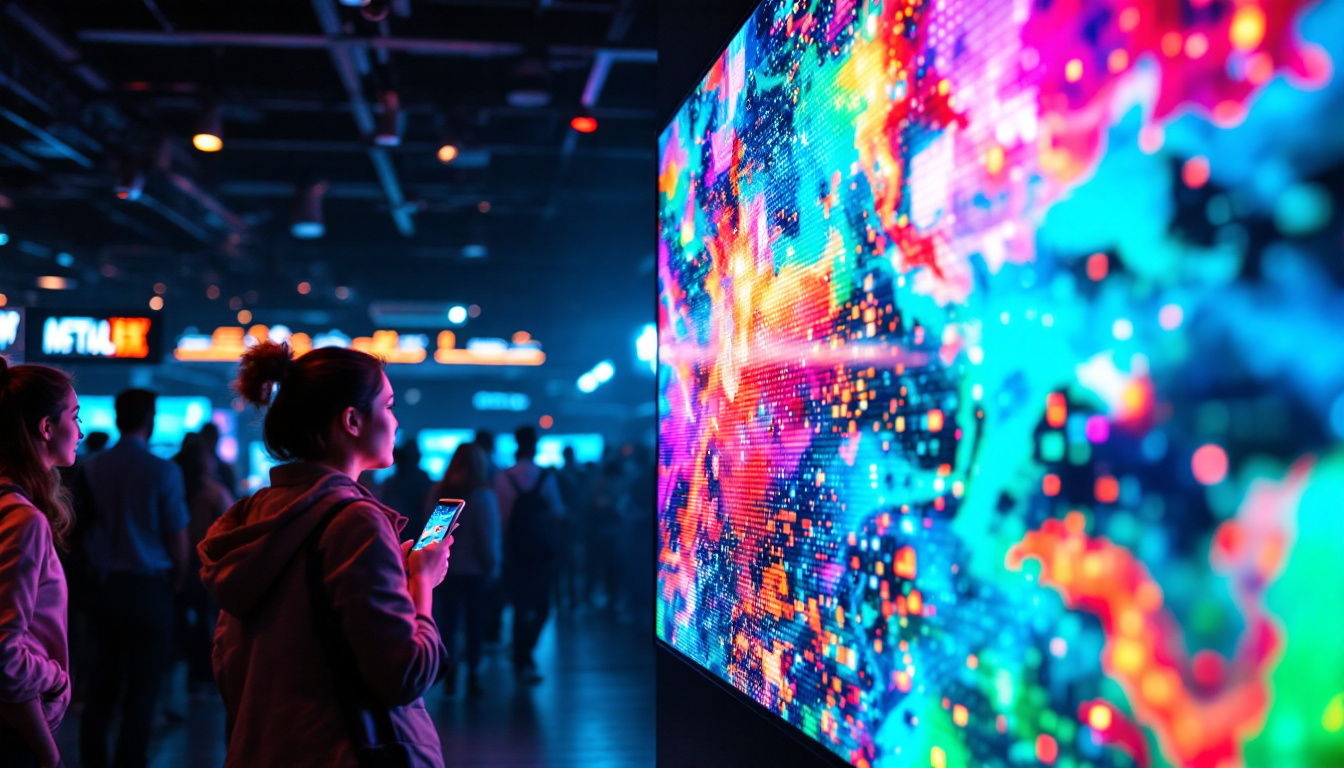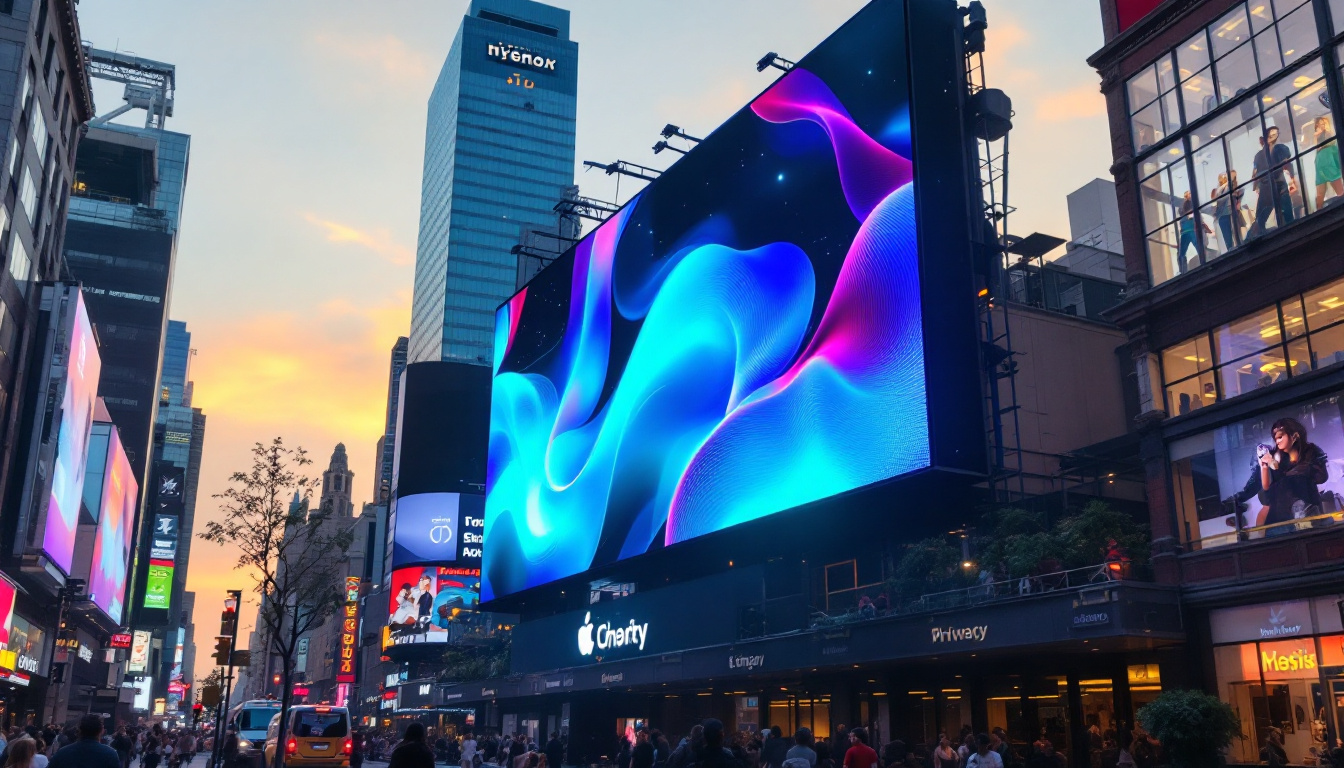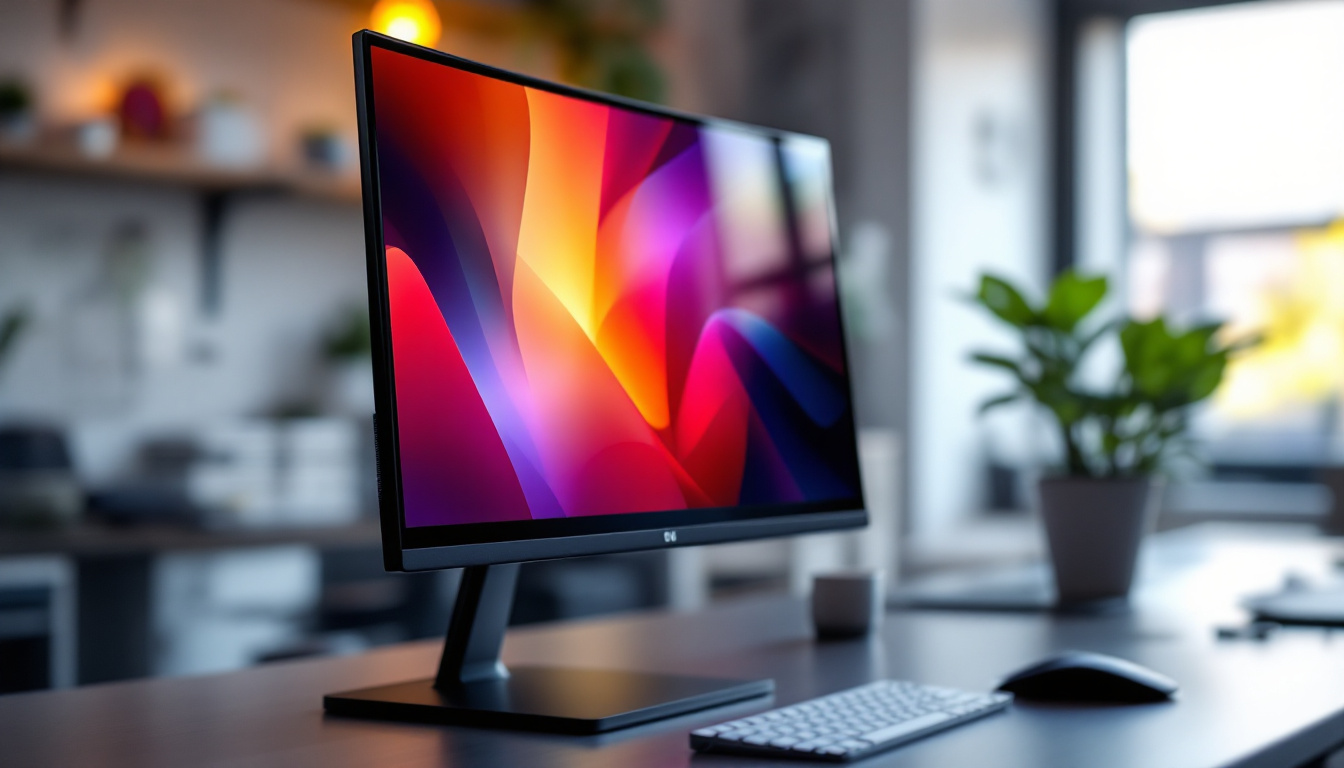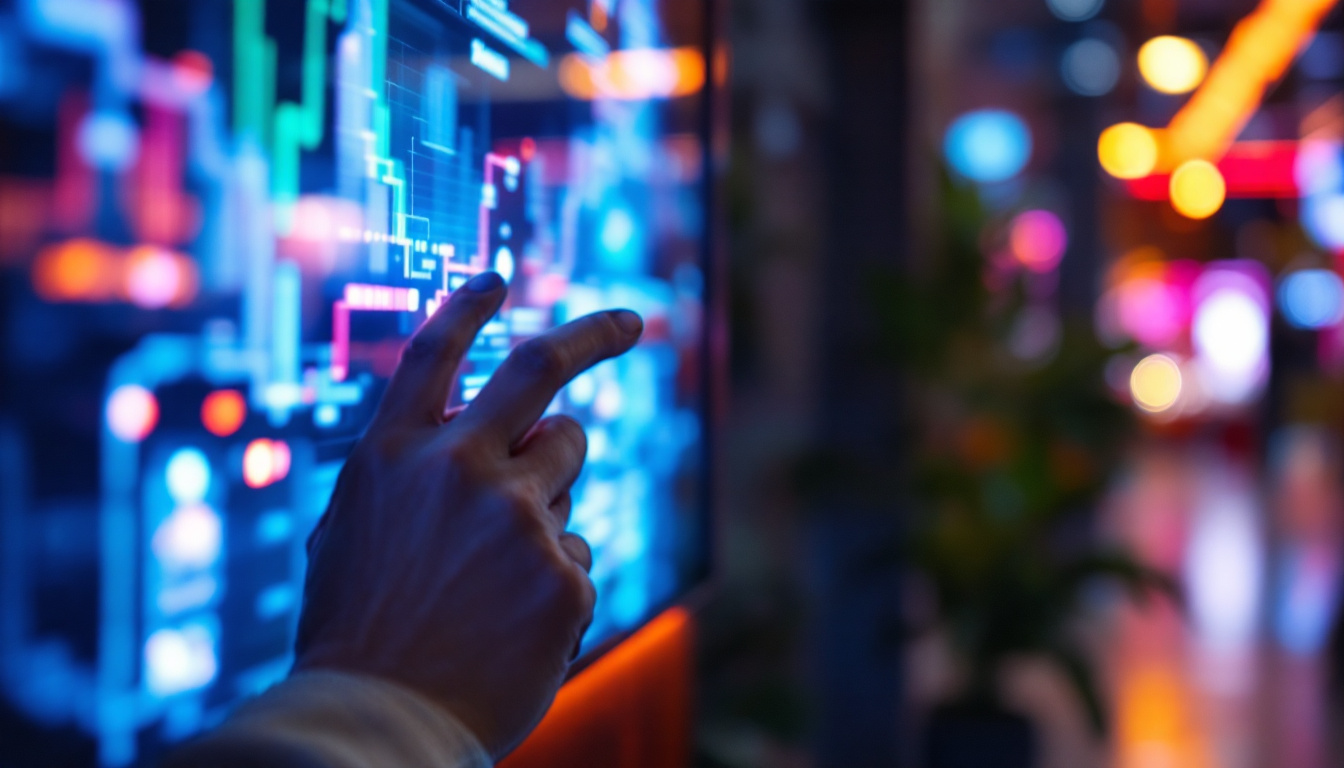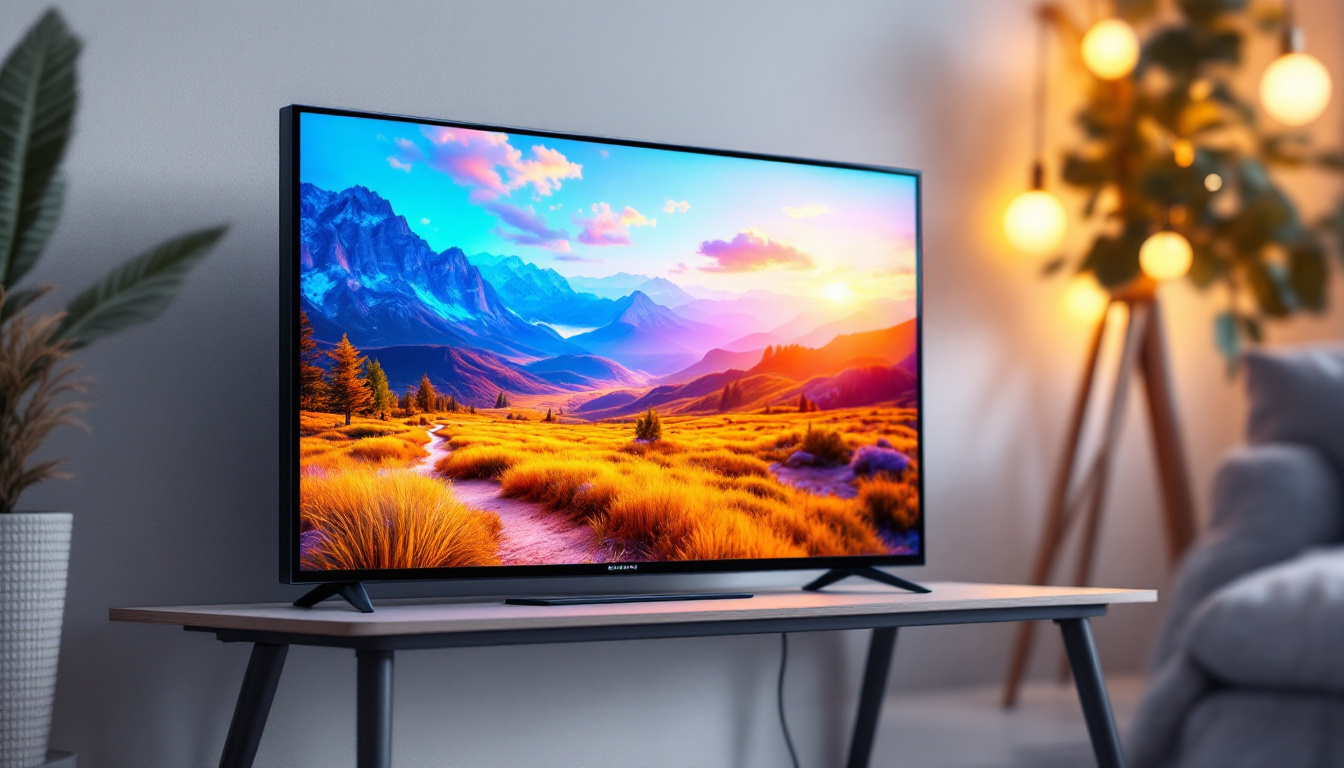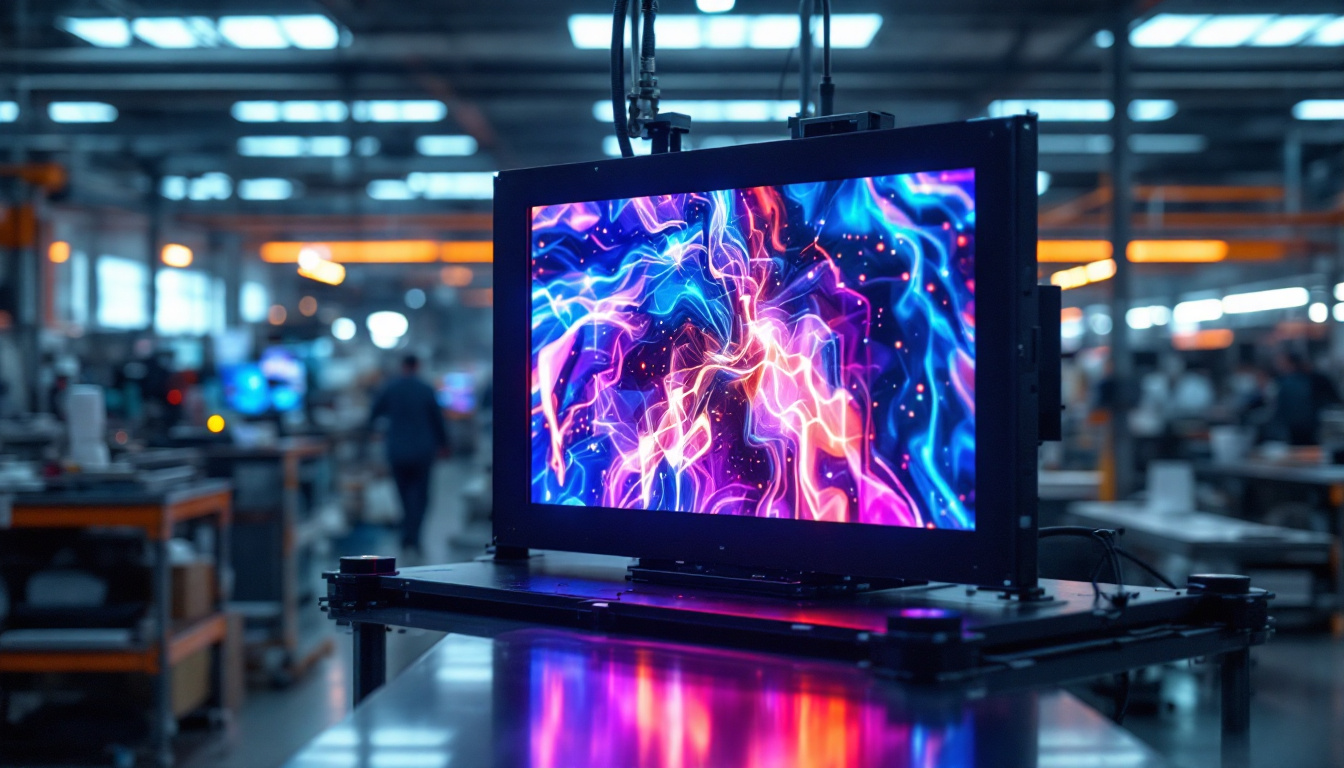In the age of digital technology, the way we consume visual content has evolved dramatically. One of the most significant advancements in this realm is the LED display, which has become a staple in various applications, from televisions to large-scale advertising boards. This article delves into the intricacies of LED displays, particularly in the context of video home screens, exploring their technology, benefits, and applications.
Understanding LED Technology
Light Emitting Diodes (LEDs) are semiconductor devices that emit light when an electric current passes through them. This technology has revolutionized display systems, offering brighter, more energy-efficient, and longer-lasting options compared to traditional display technologies. The shift towards LEDs has not only transformed consumer electronics but has also impacted various industries, from automotive lighting to architectural illumination, showcasing their versatility and adaptability in different environments.
The Basics of LED Displays
At its core, an LED display consists of numerous tiny light-emitting diodes arranged in a grid. Each diode can be controlled individually, allowing for precise color and brightness adjustments. This capability enables LED displays to produce vibrant images and videos with high contrast ratios and deep blacks. The compact size of LEDs also allows for thinner and lighter display designs, making them ideal for modern applications such as smartphones, tablets, and ultra-slim televisions.
LED displays can be categorized into two main types: direct view and backlit. Direct view displays utilize individual LEDs to create the image, while backlit displays use LEDs to illuminate a liquid crystal display (LCD) panel. Both types have their unique advantages, making them suitable for different applications. For instance, direct view displays are often preferred for outdoor advertising due to their brightness and visibility in sunlight, while backlit displays are commonly found in indoor settings where color accuracy and energy efficiency are paramount.
How LED Displays Work
LED displays operate by combining red, green, and blue (RGB) diodes to create a full spectrum of colors. By varying the intensity of each color, the display can produce millions of different shades. This color mixing is crucial for achieving realistic images and videos. The technology behind LED displays also includes advanced algorithms that enhance color reproduction and image processing, ensuring that the viewer experiences the content as intended by the creators.
The refresh rate of an LED display is another critical factor. It determines how often the image is updated per second. A higher refresh rate results in smoother motion, which is particularly important for video content. Most modern LED displays offer refresh rates of 60Hz or higher, ensuring an enjoyable viewing experience. Additionally, some high-end models feature refresh rates of 120Hz or more, which is especially beneficial for fast-paced gaming and sports broadcasts, providing a competitive edge by reducing motion blur and enhancing clarity during rapid movements.
Advantages of LED Displays
The rise of LED displays can be attributed to several advantages they offer over traditional display technologies. These benefits make them an attractive choice for both consumers and businesses alike.
Energy Efficiency
One of the most significant advantages of LED displays is their energy efficiency. Compared to traditional incandescent or fluorescent displays, LEDs consume significantly less power. This efficiency not only reduces electricity bills but also contributes to a lower carbon footprint, making LED displays a more environmentally friendly option.
Furthermore, the longevity of LED technology means that replacements are less frequent, further reducing waste and energy consumption associated with manufacturing and disposing of display units.
High Brightness and Contrast
LED displays are known for their exceptional brightness levels, making them suitable for a variety of environments, including well-lit rooms and outdoor settings. The high brightness ensures that images and videos remain clear and vivid, even in challenging lighting conditions.
In addition to brightness, LED displays offer superior contrast ratios. This capability allows for deeper blacks and more vibrant colors, enhancing the overall viewing experience. Whether watching a movie or playing video games, users can enjoy stunning visuals that captivate the senses.
Versatility and Customization
LED displays come in various shapes and sizes, making them incredibly versatile. From small screens for personal use to massive video walls for public displays, the possibilities are endless. Additionally, LED technology allows for customization in terms of resolution, pixel pitch, and aspect ratio, catering to specific needs and preferences.
This adaptability extends to the content displayed as well. Users can easily switch between different media formats, including videos, images, and live feeds, making LED displays ideal for dynamic environments such as retail spaces, concert venues, and sports arenas.
Applications of LED Displays
The versatility of LED displays has led to their widespread adoption across various industries. Their ability to deliver high-quality visuals makes them suitable for numerous applications.
Home Entertainment
In the realm of home entertainment, LED displays have become the go-to choice for televisions and home theater systems. The combination of high resolution, vibrant colors, and excellent contrast makes LED TVs ideal for watching movies, playing video games, and streaming content.
Smart LED TVs further enhance the experience by integrating internet connectivity and smart features, allowing users to access a wide range of streaming services and apps directly from their screens. This integration has transformed the way people consume media at home.
Commercial and Advertising Use
LED displays are ubiquitous in commercial settings, particularly for advertising purposes. Digital billboards and signage utilize LED technology to capture the attention of passersby with bright, dynamic content. These displays can be easily updated to promote different products or services, making them a cost-effective advertising solution.
Moreover, LED displays are often used in retail environments to create immersive shopping experiences. Interactive displays and product showcases can engage customers, enhancing their overall experience and encouraging purchases.
Events and Entertainment Venues
In the world of events and entertainment, LED displays play a crucial role in enhancing the audience experience. Concerts, sports events, and festivals often feature large LED screens that broadcast live footage, graphics, and animations, ensuring that attendees can fully immerse themselves in the event.
These displays can also be used for stage backdrops, providing stunning visuals that complement performances. The flexibility of LED technology allows for creative designs and arrangements, making each event unique and memorable.
Challenges and Considerations
While LED displays offer numerous benefits, there are also challenges and considerations to keep in mind when choosing and using this technology.
Cost Implications
One of the primary challenges associated with LED displays is their initial cost. High-quality LED screens can be expensive, which may deter some consumers or businesses from investing in them. However, it is essential to consider the long-term benefits, such as energy savings and durability, which can offset the initial investment.
Additionally, the cost of installation and maintenance should be factored into the overall budget. Professional installation may be required for larger displays, and regular maintenance is necessary to ensure optimal performance and longevity.
Viewing Angles and Distance
Another consideration when using LED displays is the viewing angle and distance. While many modern LED displays offer wide viewing angles, some may still experience color distortion or reduced brightness when viewed from certain angles. It is crucial to assess the intended viewing environment and select a display that meets the specific needs of the audience.
Furthermore, the pixel pitch of an LED display determines the optimal viewing distance. Displays with a smaller pixel pitch provide higher resolution and are suitable for close viewing, while those with a larger pixel pitch are better suited for viewing from a distance.
Future Trends in LED Display Technology
The future of LED display technology is bright, with ongoing advancements promising to enhance performance and expand applications even further. As technology continues to evolve, several trends are emerging that will shape the future of LED displays.
MicroLED Technology
MicroLED technology is a cutting-edge development that promises to revolutionize LED displays. Unlike traditional LEDs, which use larger diodes, MicroLEDs consist of tiny individual LEDs that can be arranged in various configurations. This technology allows for higher resolutions, improved color accuracy, and greater flexibility in display design.
MicroLED displays also offer the potential for thinner and lighter screens, making them ideal for portable devices and innovative applications such as curved or foldable displays. As this technology matures, it is expected to become a game-changer in the display industry.
Integration with Augmented and Virtual Reality
As augmented reality (AR) and virtual reality (VR) technologies continue to gain traction, the integration of LED displays with these immersive experiences is becoming increasingly important. LED displays can be used to create realistic environments and enhance the overall experience for users.
For instance, LED walls can be utilized in VR setups to provide a seamless visual experience, while AR applications can leverage LED displays to overlay digital content onto the real world. This convergence of technologies promises to open new avenues for creativity and innovation.
Sustainability and Eco-Friendly Practices
With growing awareness of environmental issues, sustainability is becoming a significant focus in the display industry. Manufacturers are increasingly adopting eco-friendly practices, such as using recyclable materials and reducing energy consumption during production.
Furthermore, advancements in LED technology are leading to displays that consume even less power and have longer lifespans. As consumers become more environmentally conscious, the demand for sustainable display solutions is expected to rise, driving innovation in the industry.
Conclusion
LED displays have transformed the way we experience visual content, offering numerous advantages that cater to a wide range of applications. From home entertainment to commercial advertising and event production, the versatility and performance of LED technology make it an essential component of modern visual communication.
As technology continues to evolve, the future of LED displays looks promising, with advancements such as MicroLED technology and integration with AR and VR paving the way for exciting developments. By understanding the benefits, challenges, and trends associated with LED displays, consumers and businesses can make informed decisions that enhance their visual experiences.
In a world where visual content is king, LED displays stand out as a powerful tool that not only captivates audiences but also drives engagement and innovation across various sectors.
Discover LumenMatrix LED Display Solutions
Ready to elevate your visual experience with the latest in LED display technology? Look no further than LumenMatrix, a pioneer in crafting LED display modules that bring your content to life. Whether you’re looking to enhance your home theater, captivate customers with dynamic advertising, or make a statement at your next big event, LumenMatrix offers a comprehensive range of solutions including Indoor and Outdoor LED Wall Displays, Vehicle LED Displays, and more. Experience the future of visual communication today and check out LumenMatrix LED Display Solutions to see how we can help you make a lasting impression.



